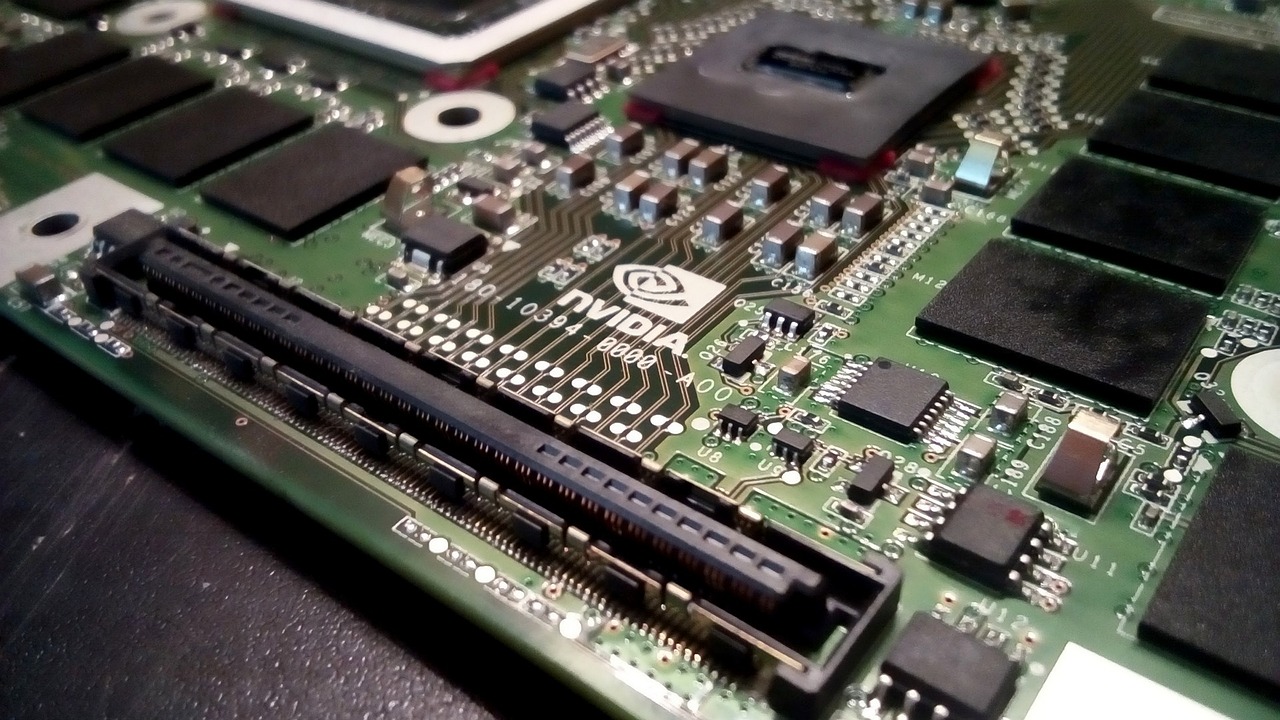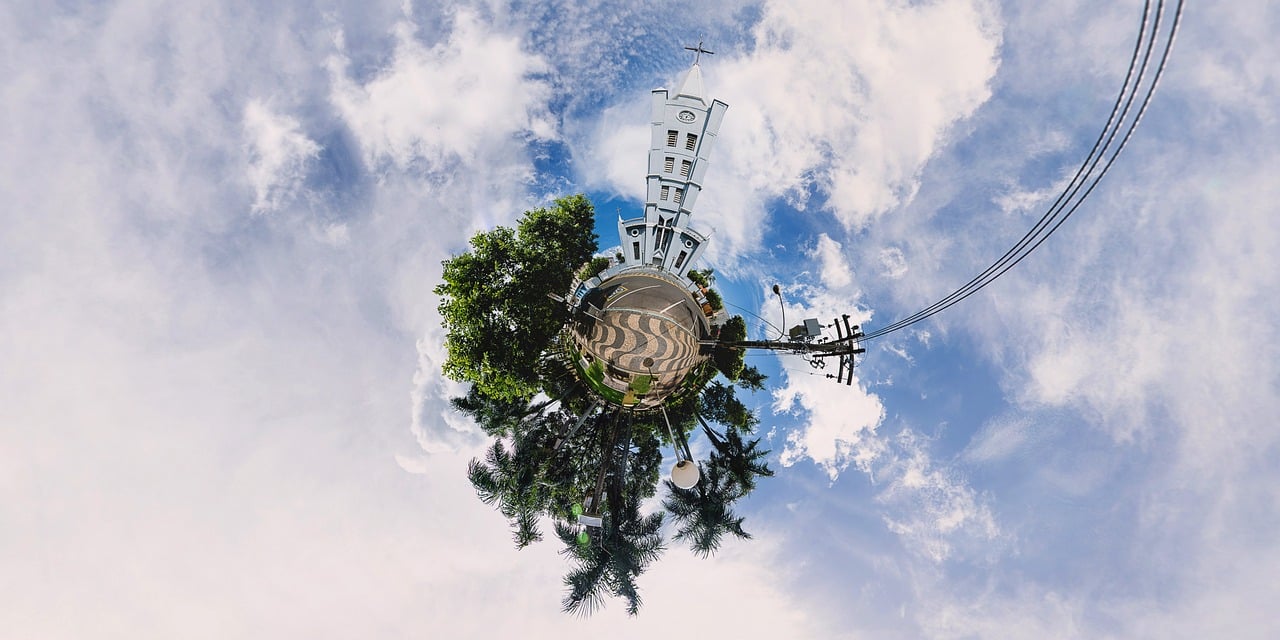How to Conduct a Hydrological Monitoring Experiment
Hydrological monitoring experiments are crucial for understanding the behavior of a water system and for predicting future events. To conduct a successful experiment, it is essential to identify the specific parameters that need to be monitored, such as water level, temperature, pH, dissolved oxygen, and conductivity. The experiment should be designed to answer specific questions or address concerns about the water system's health or performance.Before beginning the experiment, it is important to gather baseline data to establish a baseline for comparison. This data should include information on water quality, quantity, and flow rates. The experiment should be conducted over a period of time that is long enough to capture the system's natural variability but not so long that it becomes unmanageable.During the experiment, it is crucial to take accurate and consistent measurements of the parameters being monitored. The data collected should be documented properly with notes on the conditions during the measurement and any changes made to the system.After the experiment is completed, it is important to analyze the data to identify any trends or patterns in the data that can help answer the questions or address the concerns that led to the experiment in the first place. The findings from the experiment should be communicated effectively to decision-makers so that they can make informed decisions about the future of the water system.
Hydrological monitoring is the process of measuring, observing, and recording the physical characteristics of water bodies and the processes that affect them. It is crucial for understanding the health of our aquatic resources and for making informed decisions about their management and protection. One of the most effective ways to engage with and understand hydrology is through hands-on experimentation. Here, we will explore how to conduct a basic hydrological monitoring experiment to measure some of the key parameters of a water body.

Experimental Setup
1、Site Selection
The first step in any hydrological monitoring experiment is to choose a suitable site. This should be a body of water that is representative of the type you are studying, such as a river, lake, or stream. It is important to ensure that the site is accessible and safe for experimentation.
2、Data Collection Equipment
You will need a range of equipment to collect data on your selected water body. This may include:
A thermometer to measure water temperature.
A pH meter to measure the acidity or alkalinity of the water.
A conductivity meter to measure the salt content of the water.
A turbidity meter to measure the clarity of the water.

A sampler to collect water samples for further analysis.
3、Recording Equipment
You will also need equipment to record your observations and measurements accurately. This may include:
A notebook or field data sheet to record observations and measurements.
A camera to take photos of the site and record any visible changes.
A GPS device to record the location of the site and any changes in elevation.
Data Collection
1、Physical Measurements
Measure the length, width, and depth of the water body at multiple locations to get a full understanding of its physical characteristics. These measurements will help you calculate the volume of water in the body, which is crucial for understanding its hydrologic function.

2、Chemical Measurements
Use the equipment you have collected to measure the chemical properties of the water. This includes measuring pH, conductivity, and dissolved oxygen levels. These measurements will give you an indication of the health of the water body and any potential pollution or stress factors present.
3、Biological Measurements
If possible, collect water samples from different parts of the water body and analyze them for various types of bacteria, algae, or other microorganisms. These samples can help you understand the biodiversity of the site and how it is affected by environmental changes or pollution.
Data Interpretation and Analysis
Once you have collected all of your data, it is important to carefully interpret and analyze it to gain a deeper understanding of the water body you have studied. This may involve comparing your findings with previous studies or with accepted standards for healthy aquatic ecosystems. It is also crucial to identify any trends or patterns in your data that may indicate changes in the health or condition of the water body over time.
Conclusion
Conducting a hydrological monitoring experiment is a valuable way to gain a deeper understanding of aquatic ecosystems and their health. It allows you to make direct observations and measurements that are crucial for understanding how these systems work and how they are affected by natural and human-induced pressures. By carefully analyzing your findings, you can contribute to the understanding of aquatic resources and help inform decisions about their management and protection in the future.
Articles related to the knowledge points of this article:
Hydrologic Data Monitoring by Hydrologic Stations: Importance and Applications
Hydrological Monitoring in Shanghai: Challenges and Solutions
Title: Zhaoping Hydrological Monitoring Center: Address and Contact Information